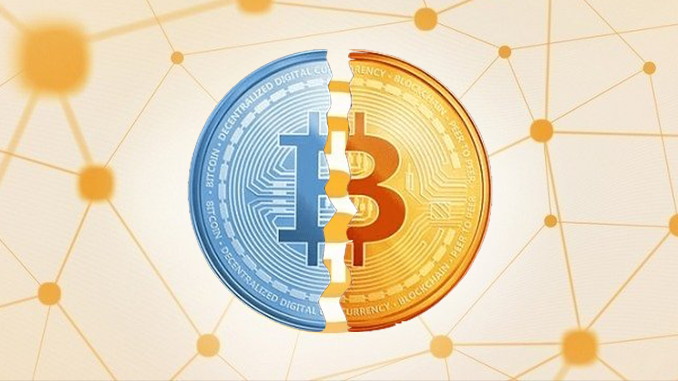
On 12 May 2020, next Tuesday, BTC expects a special date with Bitcoin Halving. Already now, price fluctuations show how Bitcoin Halving is occupying the market. But what speaks for optimistic scenarios and what speaks against them?
Probably everyone who is currently trading Bitcoin (BTC) is keeping an eye on the countdown to Bitcoin Halving. Next Tuesday, May 12, 2020, the time has come: Like every four years, Bitcoin Halving is a mechanism that automatically artificially halves the number of new BTCs coming onto the market. This event will happen for the third time after 2012 and 2016 and undoubtedly has the potential to have a lasting effect on the price of BTC. But is it really clear that Bitcoin will continue to increase in value after the halving and continue to build on earlier all-time highs? Or do investors have to be prepared to deal with price declines for months after the Bitcoin halving? We summarize common arguments in this discussion.
Pros and cons of Bitcoin Halving and price development
Optimists believe that BTC’s share price will still march towards USD 20,000 in 2020 and beyond. They like to refer to the first Bitcoin Halving at the end of November 2012, when BTC’s share price stagnated only briefly and then shot up unstoppably. Their assumption is often based on the thesis that the general demand for BTC is constantly increasing and can no longer be satisfied by the newly mined BTCs. Crypto analyst Charles Hwang, for example, calculates that Bitcoin should therefore reach the previous all-time high of 20,000 US dollars close to the halving point and then continue to develop in a corridor up to about 50,000 US dollars.
Supporting arguments for this camp, which recommends to stock up quickly with additional BTC, are
- The Bitcoin Halving provides additional media presence and thus further fuels demand.
- In times of the Corona crisis, BTC, as a digital currency independent of monetary policy, is a “safe haven” to protect its assets.
- The comparison of Bitcoin as the new gold is logical, and Bitcoin Halving paired with futures and options will drive the price as with other value memories of the past, believes the German Bayerische Landesbank, for example, and even sets the price target for the “ultra-hard currency” at USD 90,000.
Or is Bitcoin Halving overvalued and priced in?
Roughly speaking, these optimists, who certainly make up the majority in public, are also confronted by skeptics and pessimists. They look at the price curve of BTC at the second halving in mid-July 2016, when profits before the critical date were followed by a long dry spell and a bull market did not emerge again until 2017. Although this then led BTC to 20,000 US dollars, the cryptowinter 2018/19 showed how vulnerable BTC is.
This camp has further arguments for why they warn against expecting quick profits from BTC:
- Investors are far better informed than in the past about what Bitcoin Halving means technologically and the critical date has therefore already been priced in.
- The price of BTC cannot escape the trends of the global economy, which has been hit by the corona crisis. The “black Thursday” in March 2020 has proven this more than clearly. Only when the situation calms down again, price gains can be expected, is the conclusion.
- Professional BTC miners will experience the implosion of their business model through Bitcoin Halving and will therefore sell BTCs en masse, which will have a negative impact on the price. In 2012 Bitcoin miners would have had little impact on the price of BTC. Specialized hardware, ASIC Miner, actually came on stage later.
Conclusion: Is BTC’s history repeating itself with the Bitcoin Halving 2020?
HODL or buying, taking profits or patience – a uniform strategy of Bitcoin dealers is hardly recognizable these days. BTC’s share price is not moving very clearly, but the daily turnover is continuously increasing and further price fluctuations can be expected. It is doubtful whether the two precedents of Bitcoin halving in 2012 and 2016 can be transferred to the current overall situation. But the clock is ticking, you can follow them in real time here for example. As always in stock markets, psychologically controlled behaviour and rational analysis do not automatically form a predictable pair.
Best place to buy Bitcoin:

Leave a Reply